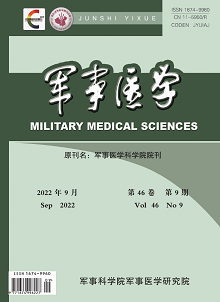Original articles
ZHANG Xiao-dong, LU Wei, ZHAO Ya-li, XING Xing-he, GUO Yao-yu, LI Na
Objective To study a human tissue equivalent sphere suitable for proton organ dose measurement in order to accurately measure the dose of organs during acute radiation risk assessment of solar particle events (most of which are protons) in manned space missions. Methods Based on our previous research on radiant phantom, the overall dimension, density, element proportion and proton energy loss rate of the Astronaut Center of China (ACC) equivalent sphere were obtained by means of measurement and simulation and compared with the values recommended by the International Commission on Radiation Units and Measurements (ICRU). Finally, the radiation doses of 10-200 MeV protons at different depths of the ICRU equivalent sphere and ACC equivalent sphere were calculated with Geant4 software to verify the equivalence of dose distribution. Results Compared with the ICRU equivalent sphere, the material density deviation of the ACC equivalent sphere was 0.6%, the content deviation of hydrogen element was 1.78%, and the proton energy loss rate deviation was less than 2%. The proton dose deviations at the depths of 0.07, 3, 10, 15,30,50,75 and 100 mm were 8.0%, 10.8%, 12.6%, 19.4%, 25.0%, 17.0%, 22.8% and 16.2% respectively, and the overall deviation was 16.5%. Conclusion The proton dose measurement performance of the ACC equivalent sphere can fulfill the requirements of radiation protection. This sphere can be used as an effective means to provide measurement data for risk assessment of solar particle events.
